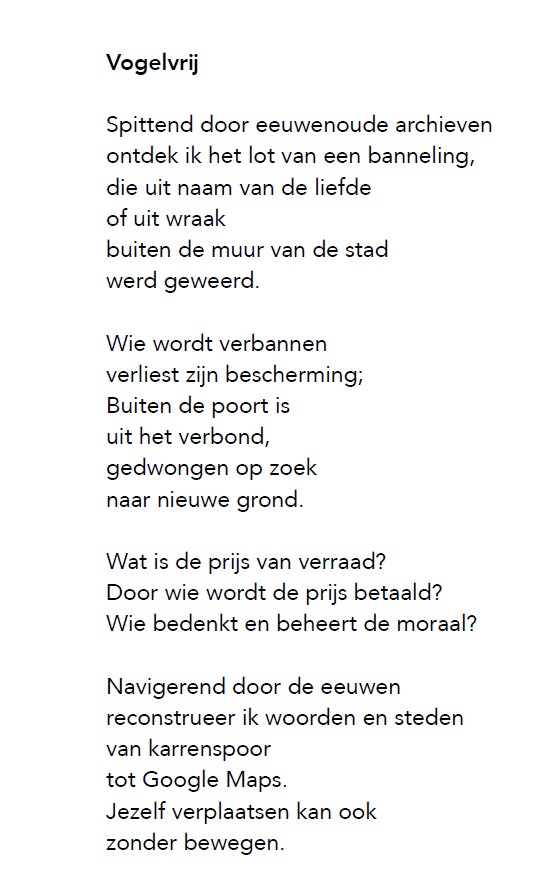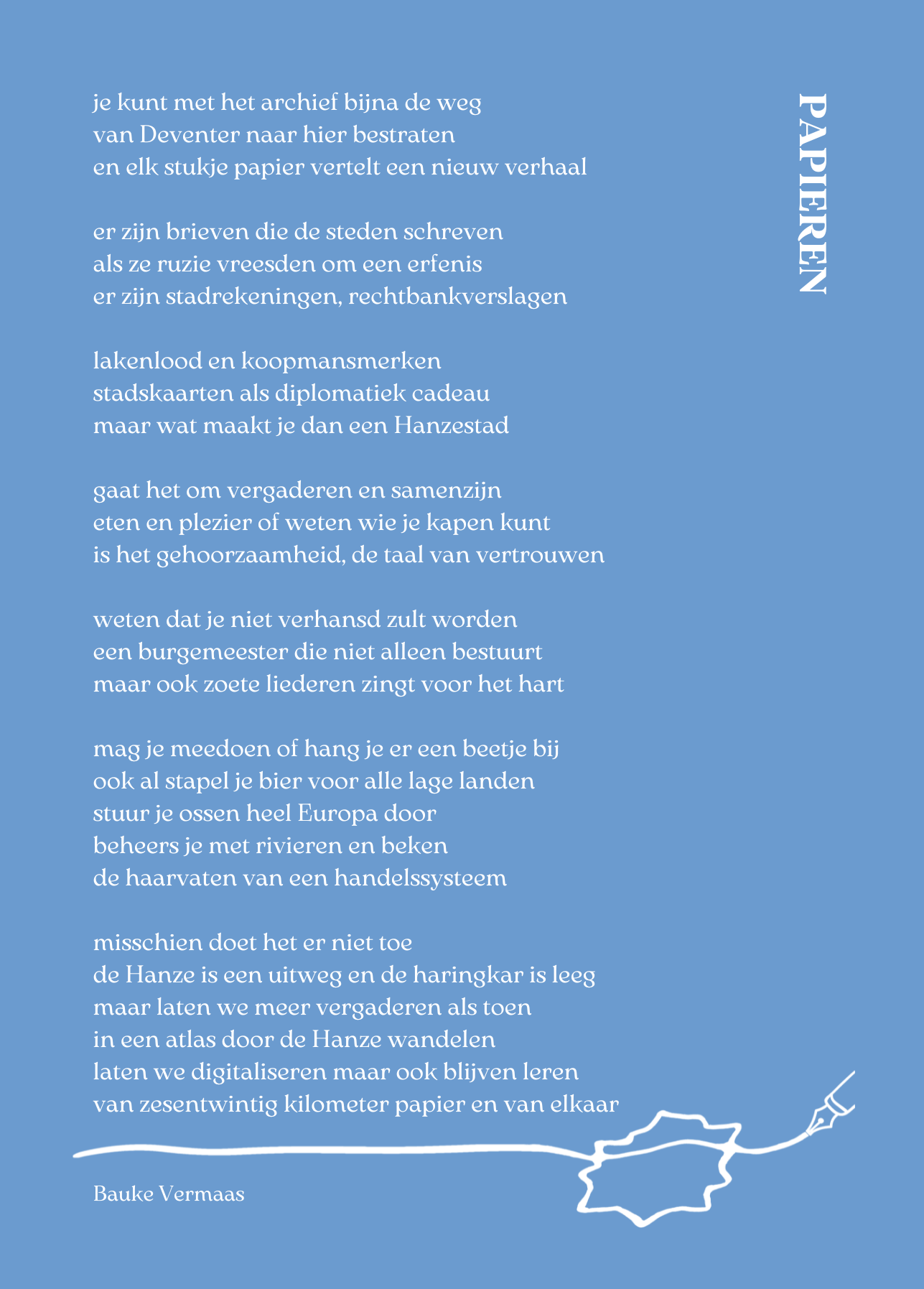Illustrations in the Secret of the Seven Ships
Justyna Wubs-Mrozewicz•cover: Krzysztof Krawiec, Justyna Wubs-Mrozewicz, based on Pieter Bruegel the Elder, The Met, New York
•p. 11 fragment of view of Motława by Balthasar Friedrich Leizel, Friedrich Antona August Lohrmann, c. 1780, coloured engraving, National Maritime Museum in Gdańsk
•p. 20 Jan van Eyck, the Arnolfini Portrait, the National gallery, London
•p. 23 Gedanum from Civitates orbis Terrarum by Georg Braun, Franz Hogenberg), 1575, engraving, National Maritime Museum in Gdańsk
•pp. 25, 31, 32, 48 Gdańsk during and after WW II, gedanopedia.pl
•p. 37 Frederick II by Hans Knieper and Eric XVI by Steven van der Meulen, Nationalmuseum
•p. 43 St George and the dragon by Bernt Notke, Storkyrkan in Stockholm
•p. 45 fragment of an archival chest by Dariusz Kula, Museum of Gdańsk, Main Town Hall
•p. 50 State Archives in Gdańsk
•p. 52 Margaret of Parma by Anthonis Mor
•p. 53 Sigismund II Augustus by Lucas Cranach
•p. 56 Green Bridge and Gate by Aegidius Dickmann, 1617, gedanopedia.pl
•p. 59 Green Gate, 1687, gedanopedia.pl
•p. 58 Lastadia, Julius Gottheil, 1845 gedanopedia.pl
•p. 60 The Long Market 1880, gedanopedia.pl
•p. 61 Raised terrace by Johann Carl Schultz 1867 gedanopedia.pl
•p. 62 Artus Court by August Lobegott Randt, 1823, gedanopedia.pl
•p. 63 Konstantin Ferber by Nicolaus Andrea, 1586, gedanopedia.pl
•p. 64 Town Hall by Michael Carl Gregorovius, 1832, gedanopedia.pl
•p. 65 Figure on the pinnacle of the Town Hall, based on Jan Gumowski, 1928 (there incorrectly referenced to as John II Casimir Vasa), National Maritime Museum in Gdańsk
•p. 67 entrance to Great Christopher by Dariusz Kula, Museum of Gdańsk, Main Town Hall
•p. 68 on the basis of Pieter Bruegel the Elder, The Met, New York, Justyna Wubs-Mrozewicz
•p. 69 on the basis of the fresco in Great Christopher by Dariusz Kula, Gdańsk Historical Museum, Town Hall
•p. 73 Henry VIII by Hans Holbein, 1540
•p. 75 exterior of the National Museum and the Last Judgement by Hans Memling, 1467-1471, the National Museum in Gdańsk
•pp. 76-77 fragments of the Last Judgement, the National Museum in Gdańsk
•p. 79 cellars and the Great Council Hall, by Dariusz Kula, Museum of Gdańsk, Main Town Hall
•pp. 80-81 Apotheosis by Isaak van den Block, Museum of Gdańsk, Main Town Hall
•pp. 82-83 fresco and archival chest in fresco in Great Christopher by Dariusz Kula, Museum of Gdańsk, Main Town Hall
•p. 89 Georg Giese by Hans Holbein
•p. 97 State Archives in Gdańsk
•p. 96 fresco in Great Christopher by Dariusz Kula, Gdańsk Historical Museum, Town Hall
•p. 104 Panorama of Gdańsk, by Bartholomaus Milwitz, 1620-1630, MNG/SD/281/M, the National Museum
•p. 107 astronomical clock, St Mary’s, Gdańsk
•p. 108 view of Motława by Balthasar Friedrich Leizel, Friedrich Antona August Lohrmann, c. 1780, coloured engraving, National Maritime Museum in Gdańsk


